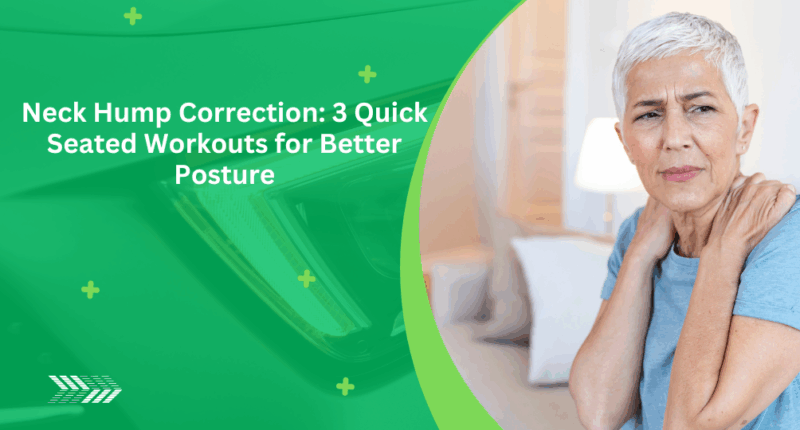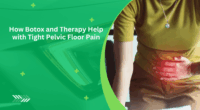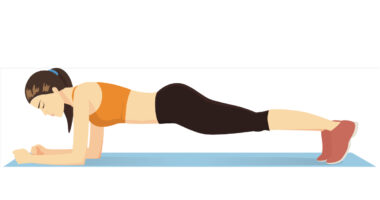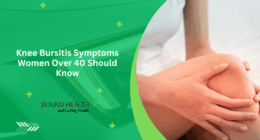A neck hump, often called a “Dowager’s hump,” is a common concern, especially as people enter their 50s and beyond. Characterized by a visible bump at the base of the neck or upper back, this condition can affect posture, confidence, and comfort. According to physical therapist Jennifer Graham, the neck hump forms primarily due to prolonged poor posture and age-related changes in the spine and muscles. Modern lifestyles, with extensive screen time and hours spent hunched over desks or devices, contribute to muscle imbalances and spinal misalignment that worsen over time. This article explains what causes a neck hump, why it becomes common after age 50, and presents three simple, chair-friendly exercises that can reverse this condition quickly. It also touches on the role of nutrition and additional postural tips to support spinal health.
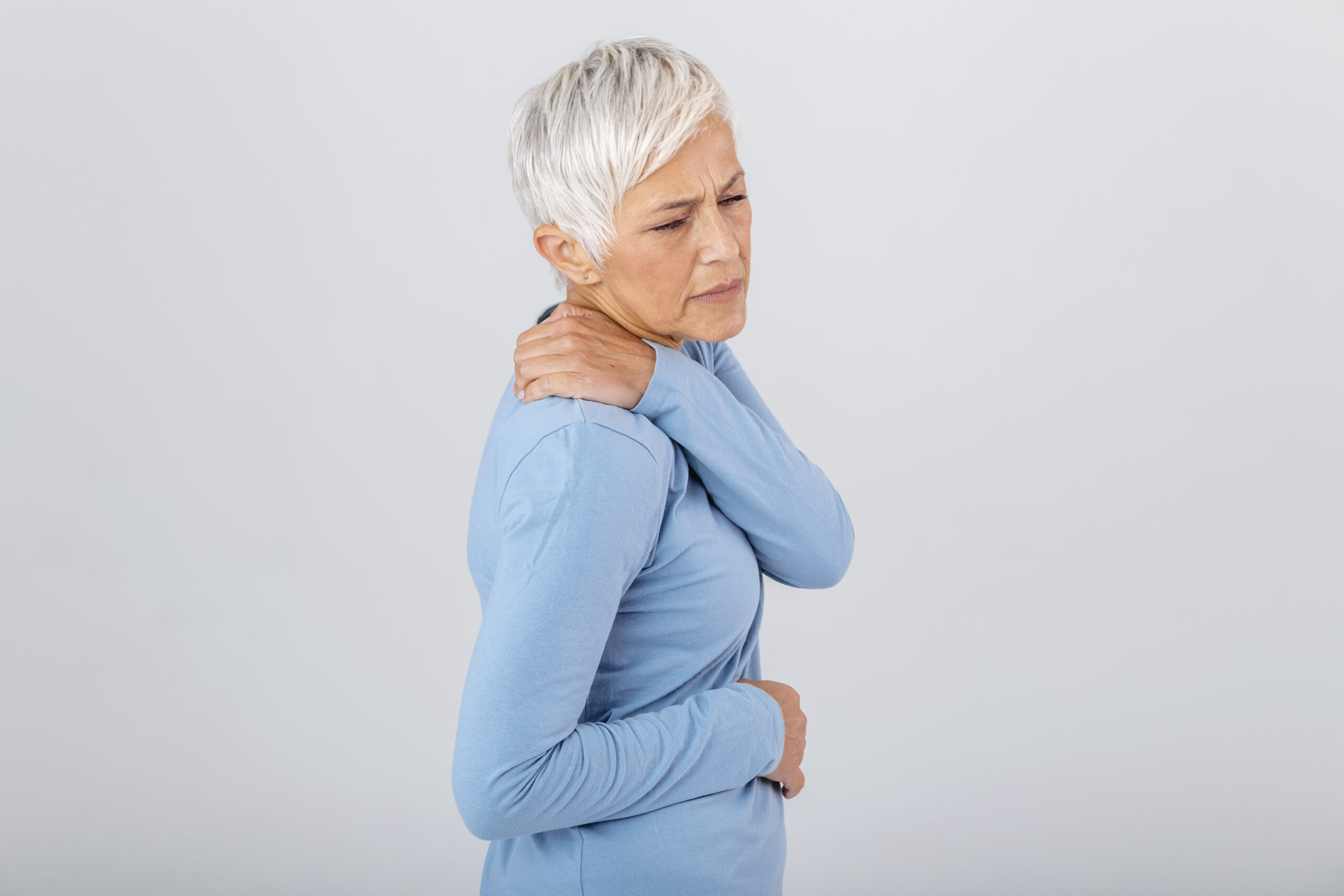
What Causes a Neck Hump (and Why It’s Common After 50)
The neck hump results mainly from a postural problem known as thoracic kyphosis, where the upper spine curves forward excessively. Jennifer Graham points out that one root cause is poor posture habits formed over years—especially frequent forward head posture and slouching due to working long hours at computers or looking down at phones. These habits pull muscles and ligaments out of balance, causing weakened upper-back muscles and tightened chest and neck muscles. She explains that this imbalance stresses the spine, gradually producing the hump appearance.
After 50, the risk increases because of natural aging processes. Bone density decreases with age, particularly in women after menopause due to osteoporosis, which can cause compression fractures in vertebrae. These fractures create abnormal spinal curvature that compounds the hump. Additionally, degenerative changes such as arthritis and disc wear further alter spine alignment. Jennifer highlights that many individuals underestimate the cumulative damage from daily posture and age-related changes until the neck hump becomes visible.
“A neck hump refers to an increased rounding at the base of the neck where it meets the upper back and shoulder girdle—the medical term for this is the cervicothoracic junction,” explains physical therapist Jennifer Graham.
Root Causes of a Neck Hump
The root causes of a neck hump can be genetic, environmental, or a mix of both. While common factors like looking down at phones or laptops, sedentary lifestyles, and obesity are well known, Jennifer Graham highlights additional common culprits to consider:
Poor posture: Forward head posture, often caused by scrolling or texting, forces the muscles at the back and lower neck to work harder to keep the head upright. This strain contributes to muscle fatigue and structural changes over time.
Degenerative disc disease: As the discs between vertebrae deteriorate, joint stiffness and limited mobility develop, affecting spinal alignment and posture.
Osteoporosis: Bone fragility can lead to fractures and change the spine’s shape, contributing to the hump’s formation.
Pregnancy: Hormonal shifts and the physical mechanics of carrying a baby can alter posture, sometimes exacerbating a neck hump.
Scheuermann’s kyphosis: This condition involves wedge-shaped vertebrae creating uneven loads on the spine, resulting in a rigid, curved posture.
Congenital birth defects: Some vertebrae may form incompletely or fuse together before birth, affecting spine shape.
Regardless of the cause, neck humps often lead to back pain, stiffness, and fatigue, underscoring the importance of early attention and correction.
Also Read | Best Foods, Drinks & Exercises to Prevent Osteoporosis Naturally—No Medication Needed
3 Easy Neck Hump Exercises You Can Do from a Chair
These chair exercises are designed to strengthen the back muscles, improve neck alignment, and stretch tight areas—all while being easy to perform without special equipment.
Seated Chin Tucks
Sit upright with your shoulders relaxed. Slowly tuck your chin straight back, creating a “double chin” without tilting your head down. Hold for 5 seconds, then release. Repeat 10 times. This strengthens deep neck muscles that support proper head posture.Seated Shoulder Blade Squeezes
Sit tall and squeeze your shoulder blades together and down as if trying to hold a pencil between them. Hold for 5 seconds, then relax. Repeat 10-15 times. This activates upper back muscles that counteract rounded shoulders.Seated Thoracic Extensions
Place your hands behind your head with elbows wide. Gently lean back over the chair backrest while keeping your neck neutral. Hold for 10 seconds, then return to upright. Repeat 8-10 times. This mobilizes the upper spine to reduce stiffness and improve posture.
More Easy Moves for Better Posture
Beyond reversing the neck hump, maintaining good posture requires consistent attention to body mechanics throughout daily activities. Jennifer Graham advises incorporating regular breaks from sitting, using ergonomic furniture, and practicing posture awareness. Additional exercises, such as wall angels, cat-cow stretches, and chest openers, promote spinal flexibility and muscle balance. Simple habits like avoiding prolonged looking down at devices and using reminders for posture check-ins can significantly contribute to spinal health.
Can Nutrient Deficiencies Cause a Neck Hump?
While posture and spinal health are primary factors, nutrition also plays a supporting role. Deficiencies in key nutrients such as vitamin D, calcium, magnesium, and protein can weaken bones and muscles, making the spine more susceptible to deformities, including a Dowager’s hump. For example, inadequate vitamin D impairs calcium absorption, increasing the risk of osteoporosis-related vertebral fractures. Protein is essential for muscle repair and strength, supporting posture-maintaining muscles. Ensuring a balanced diet rich in these nutrients alongside adequate hydration and regular physical activity is vital to maintaining a healthy spine and preventing the progression of a neck hump.
Conclusion
A neck hump, though common and often linked to aging after 50, is reversible with targeted exercises and lifestyle adjustments. Physical therapist Jennifer Graham emphasizes that strengthening muscles, mobilizing the spine, and improving posture with simple chair exercises can significantly reduce this hump safely and effectively. Combined with mindful habits and proper nutrition, these strategies empower individuals to restore confidence, comfort, and spinal health. For best results, consistency and gradual progression in exercise routines are key to reversing the Dowager’s hump and maintaining long-term posture improvements.
Also Read | How Many Chair Stands After 50 Show Elite Leg Strength?
